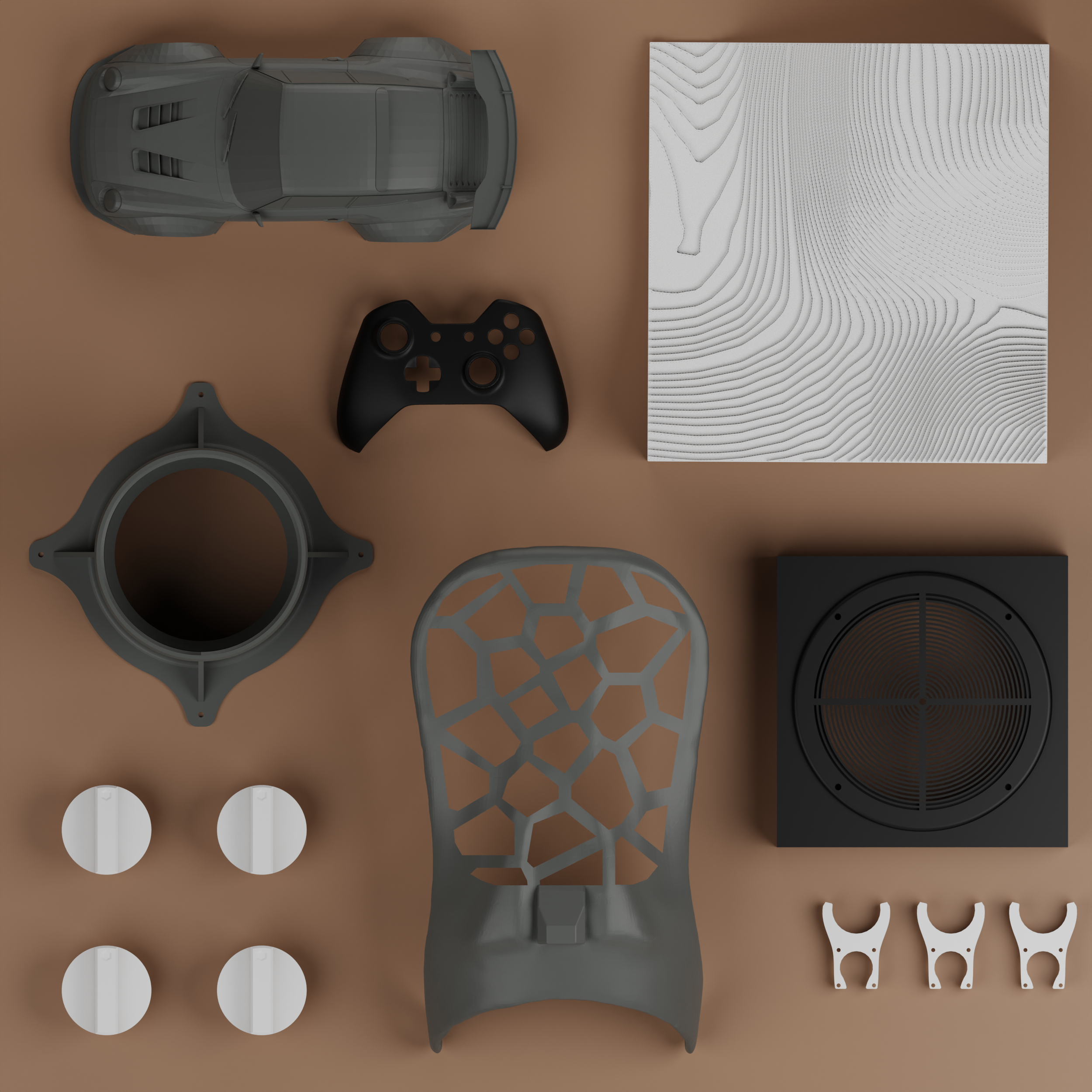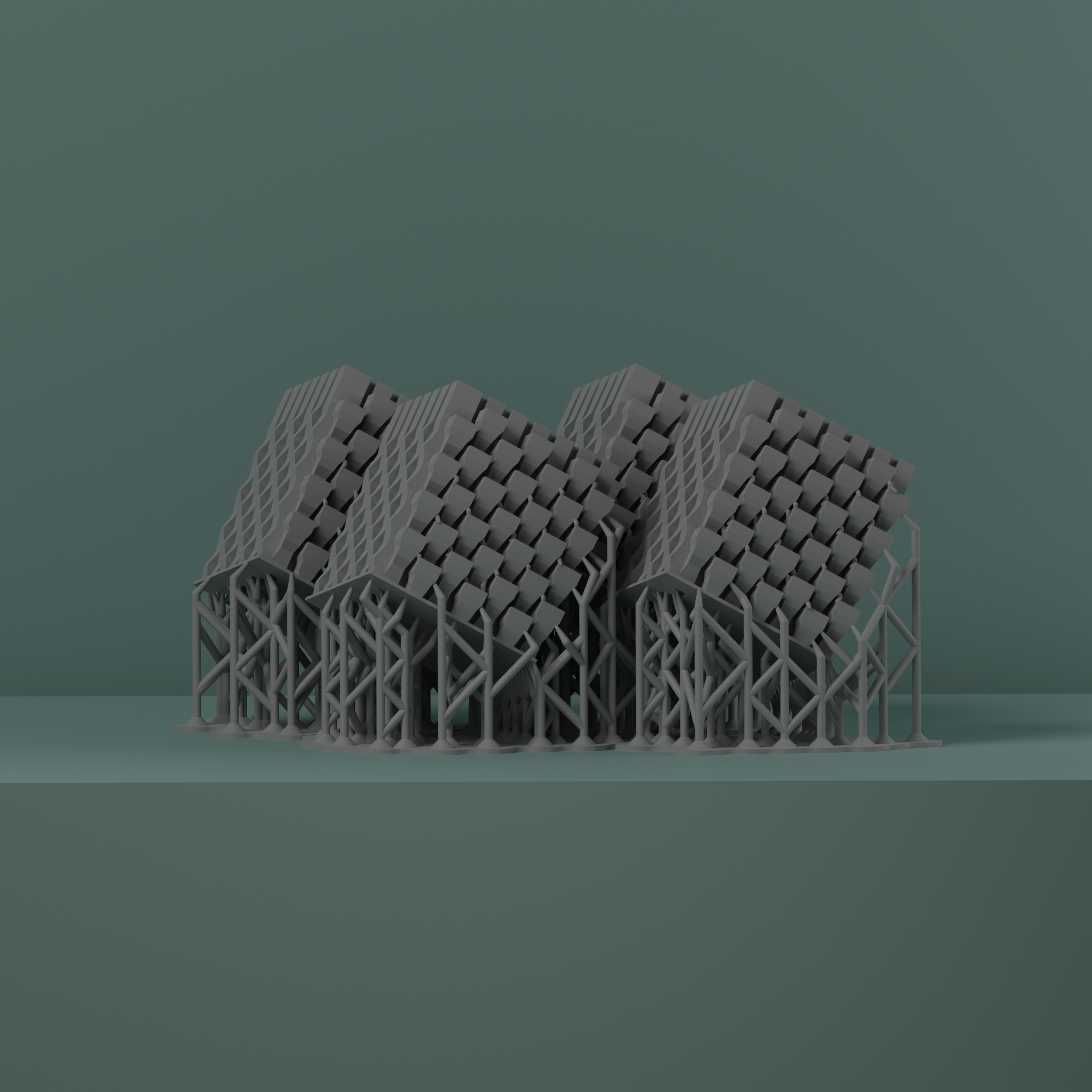The Value of Human Interaction in 3D Printing
While automated processes and algorithms are becoming increasingly sophisticated in the field of 3D printing, human interaction remains invaluable for leveraging creativity, addressing complex challenges, and ensuring the successful integration of 3D printing technology into various industries and domains.
Design, Print, Test, Repeat: Iteration in 3D Printing
The main advantage of 3D printing over traditional manufacturing is the ability to iterate quickly and cheaply. This makes the technology revolutionary in its ability to spur innovation. For a long time, 3D printing was best used for prototyping parts. Now, there are new durable and functional materials hitting the market nearly every day.
The Growing Trend of Replacing OEM parts with 3D Printed Parts
For various reasons, original equipment manufacturers (OEMs) are not always the best source for replacement parts. A growing number of people and companies are looking to 3D printing as a way to replicate parts that they otherwise would struggle to procure. This is especially true in the automotive, construction, and hardware technology industries.
The Ultimate Guide To The Most Popular 3D Printing File Types
Before you can “press print” on a 3D printer, you must first have a digital 3D model of your part(s). 3D models can come in a variety of CAD file types that can be opened and edited in 3D modeling software. One of the most common discussions we have with clients is what types of 3D model files we need for quoting and 3D printing parts.
Top 3 Innovative 3D Printers for Beginners
As daily users of a variety of 3D printing technologies, we want to share our list of the three best innovative 3D printers for beginners in business. These might not be the best printers for children and/or hobbyists, but if you’re looking to use your 3D printer as a way to generate income, look no further than these three machines.
3D Printed Buildings: Boom or Bust?
While there are some clear near-term drawbacks to 3D printing structures, much can and will be improved or eliminated through continued innovation. The speed at which buildings can be erected using far less manual labor clears two major drawbacks of conventional construction. Beyond 3D printing concrete structures, there are still plenty of other existing applications for the technology within the architecture, engineering, and construction industries.
7 Steps for Setting Up Files for Problem-Free FDM 3D Printing
So you finished 3D modeling your project on your preferred CAD (Computer Aided Design) software and now you want to 3D print it. Before you can begin 3D printing, it is important to optimize your files and run through a few additional steps to avoid any problems during the printing process. This print guide will help you properly optimize and prepare your digital files prior to starting your prints.
Pioneering Architectural Model Making with 3D Printing
Architectural models have long been made using traditional processes and materials such as paper, cardstock, chipboard, and balsa. Today, 3D printing is making it cheaper, faster and easier to produce more precise, higher quality and safer models using lightweight, durable filaments. This post examines how traditional model making compares to 3D printed architectural models.
COVID-19’s Impact on Global Manufacturing
Among the fastest responders to the PPE shortage were 3D printing labs. The 3D printing community came together to create and print open source designs for face shields, ventilator components, masks, and nasal swabs, among other items. 3D printed PPE helped fill a gap that no one anticipated would have ever existed in a world of interconnected, undisrupted global supply chains.










